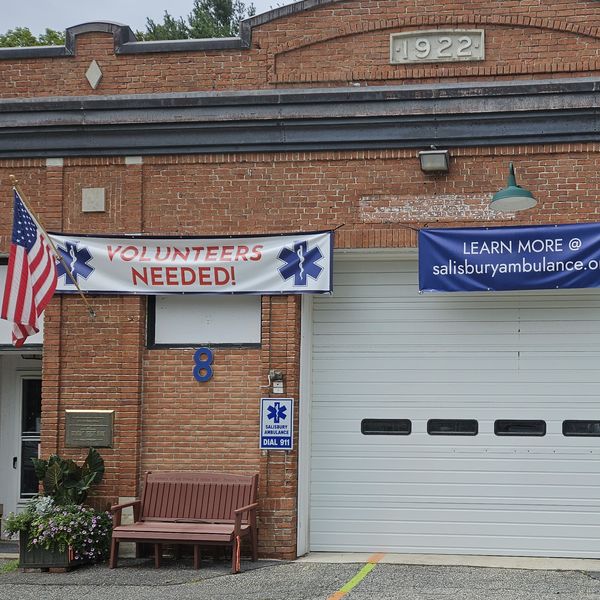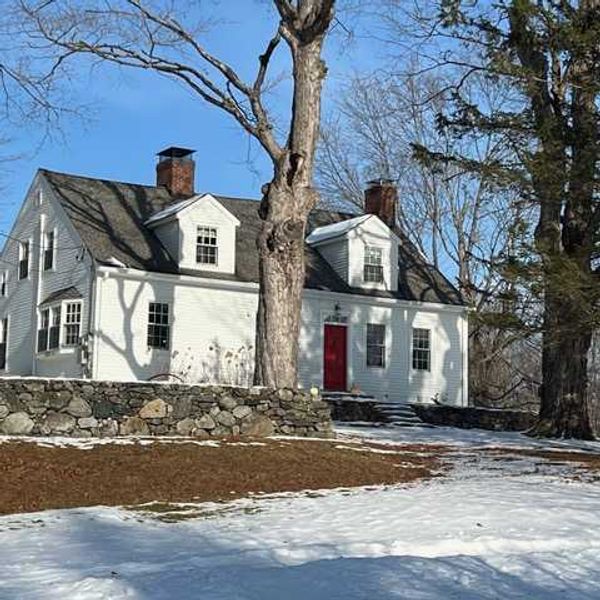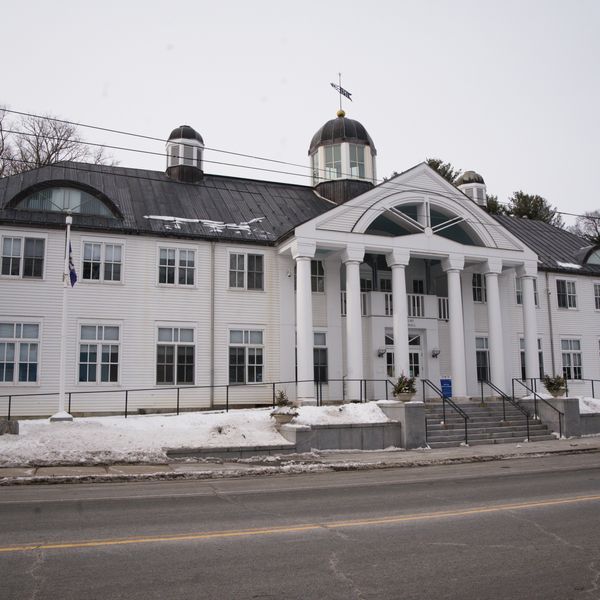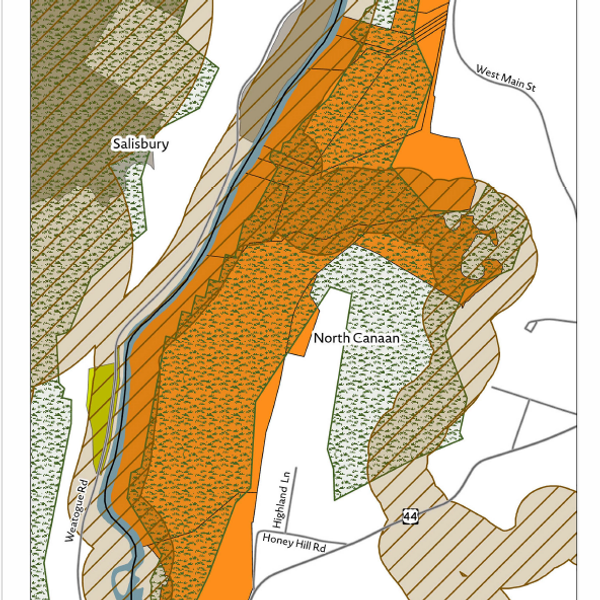"From our window, we could see the distant flames glowing in the dark,” recalled novelist and poet Barbara Quick of the Tubbs fire that broke out in the Northern California wine country in October 2017. Burning at the unprecedented rate of an acre per second, the fired killed22 people, destroyed more than 5,000 homes, and devastated the city of Santa Rosa. “It was terrifying,” she added. The following day, the air still darkened by soot, Quick and her husband Wayne Roden, a longtime violist with the San Francisco Symphony and owner of Roden Wines, packed up their family photos, mementos and Quick’s notebooks, and relocated to an Airbnb until the smoke cleared. Soon afterwards, the couple sold their house in Sonoma and moved to the leafy, cooler community of Sherman, Connecticut.
Brittany Morris, Elyse Harney Morris’ daughter, has a similar story to tell. She and her husband and their 20-month-old had been living in California when the Los Angeles fires—and their aftermath—prompted their family’s move back to the seeming safety of Litchfield Country.
Harney Morris, co-owner of Harney Real Estate explains that her firm has been selling homes to an increasing number of buyers from California and Texas moving here, at least in part, to escape the increasing frequency and ferocity of western wildfires, droughts, floods and other climate-change-driven natural disasters.
While Quick and Morris would seem to reflect a growing trend of “climate migrants”relocating to the safer and cooler climes of the northeast—including Litchfield, Fairfield and Dutchess counties— the reality is much more ambiguous. As Quick observes, “the calculus that makes people decide to leave their home of many years is quite complex. We did what we did for lots of reasons. It wasn’t only that we were traumatized by the fire. My husband had retired from the symphony, and we wanted a change.”
For many people, the forces driving so-called climate migration are economic. As ProPublica reporter Abraham Lustgarten, author of “On the Move: The Overheating Earth and the Uprooting of America,” noted in a recent Fresh Air interview, “people move when they find that changing environmental conditions affect their economic standing and their economic security— their jobs, their income, the cost of living.”
It should come as no surprise that a recent National Institutes of Health study found that lower-income households moved at higher rates overall, but migrated less across state lines, while higher-income households moved intentionally towards popular migration destinations.
The other reality of US climate migration is that while 64 percent of Americans say they are at least “somewhat worried” about global warming, the country’s fastest growing cities are still in the Arizona, Texas and Florida sunbelts, regions that are most at risk of significant climate change-driven impacts, such as the recent fatal flooding in the notorious “flash flood alley” of the Texas Hill Country.
That’s because lower costs of living and relatively strong economic growth—along with the fact that people may not understand the extent to which their new properties are exposed to climate risk—are still luring transplants.
Despite the fact that the US National Vulnerability Index—a tool to help at-risk communities plan for the future—ranks our region in the relatively low 14th percentile, making our neck of the woods a potential “climate haven,”there’s no need to worry about an influx of climate refugees overwhelming our quiet corner of the country just yet.
As the Lakeville Journal reported in March, a recent report issued by the Northwest CT Community Foundation, which analyzed our region’s converging demographic, economic and educational makeup trends, revealed the sobering reality thatConnecticut is one of only seven states whose population is simultaneously declining and aging.
More sobering still is the unfortunate fact that even while our temperate region is more climate-secure than many others, we are far from out of the woods. A climate modeling projection by First Street shows that Litchfield County faces major risk from flooding with 13,786 properties or at risk of flooding over the next 30 years. And according to the interactive platform Future Urban Climates, in the next sixty years, Litchfield County will be 10.6 degrees warmer on average and 8.7 percent wetter during summertime and 10.9 degrees warmer and 26.6 percent wetter in winter. So long snow.
As today’s temperature hovers near a balmy 80 degrees and I prepare to take our dog Willis for his ritual romp through shady Barbour Woods, I’m still parsing the complex calculus that landed my husband and me in the Land of Steady Habits one blustery March day four and a half years ago. Like Quick and Morris, we moved for a complex cluster of reasons. Not that we were aware of it at the time, but looking back, climate was among them. After rejecting the Connecticut coast—too congested; mid-coast Maine—too far and the Penobscot Bay, we learned, was warming faster than any body of water on the East Coast, we decided on our tiny town, ironically nicknamed the Icebox of Connecticut.
Writer and communications consultant Carol Goodstein lives in Norfolk.

















Complex calculus: Climate migration